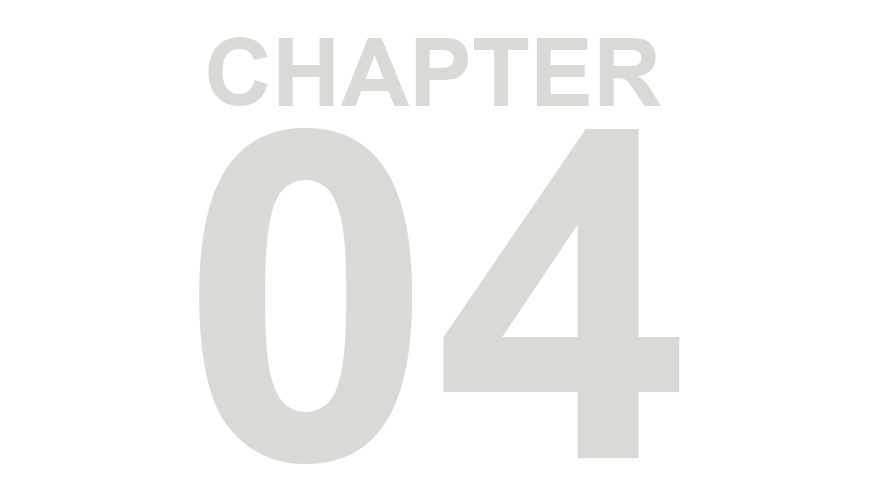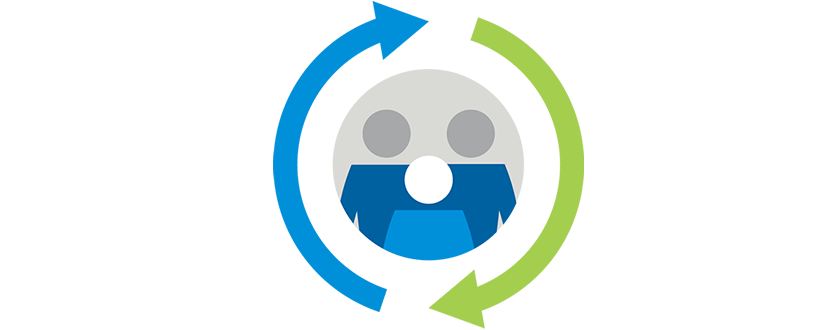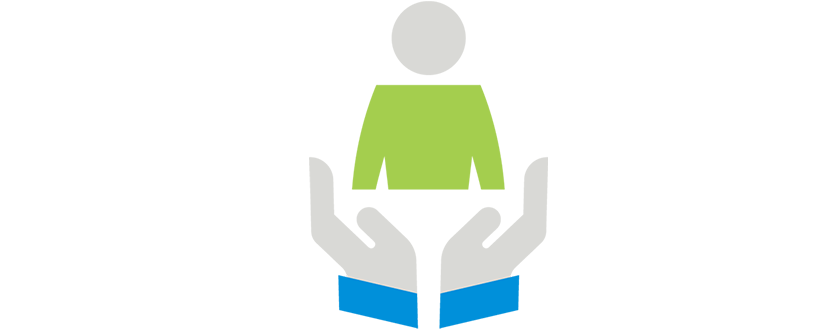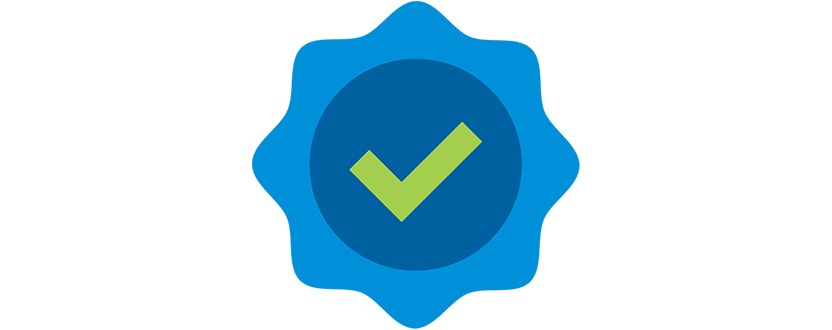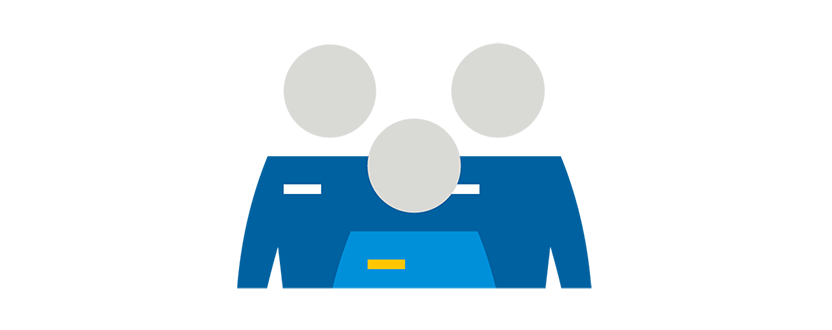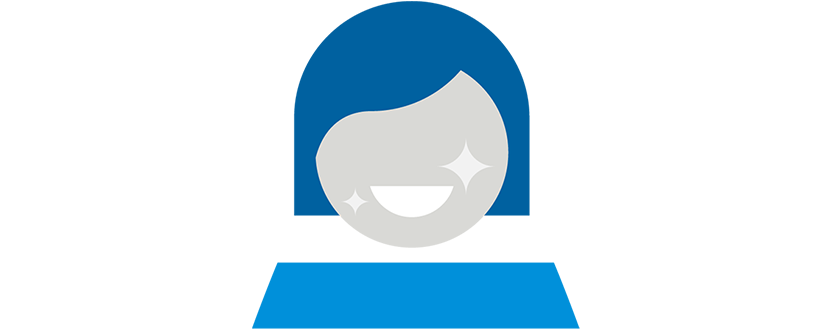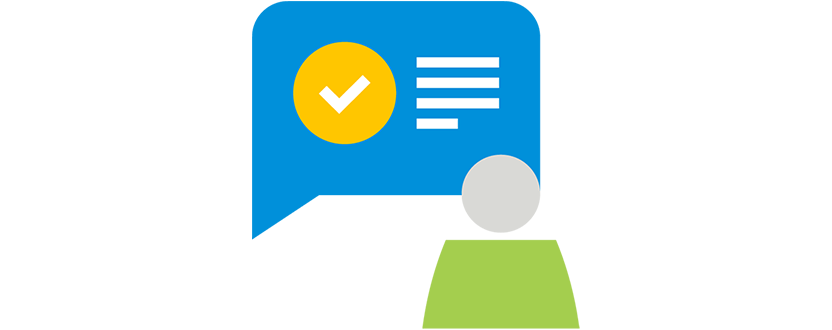From our extensive research as well as 17 years of global studies into employee benefits and what employees and employers want, we have established some steps employers can take in order to bridge the communications gap between them and their employees.
To attract, engage, and retain employees, employers must prioritise and focus on what will effectively help them create the most trusted, caring culture and thriving workforce.
After all, unemployment is low and employees have many options — and they are less likely to stay with an employer that does not meet their needs.
Employers must create programs, experiences, and benefits.
